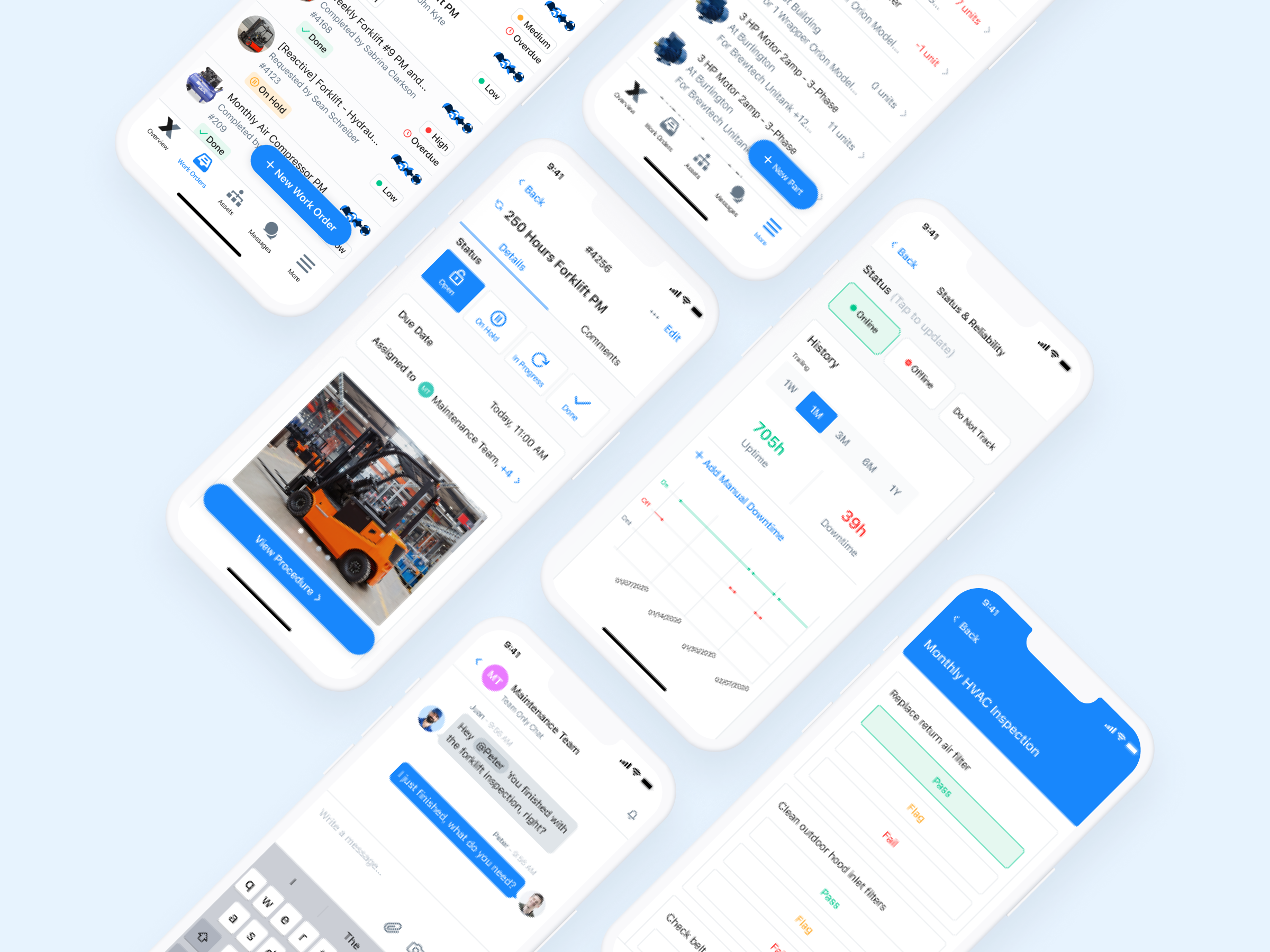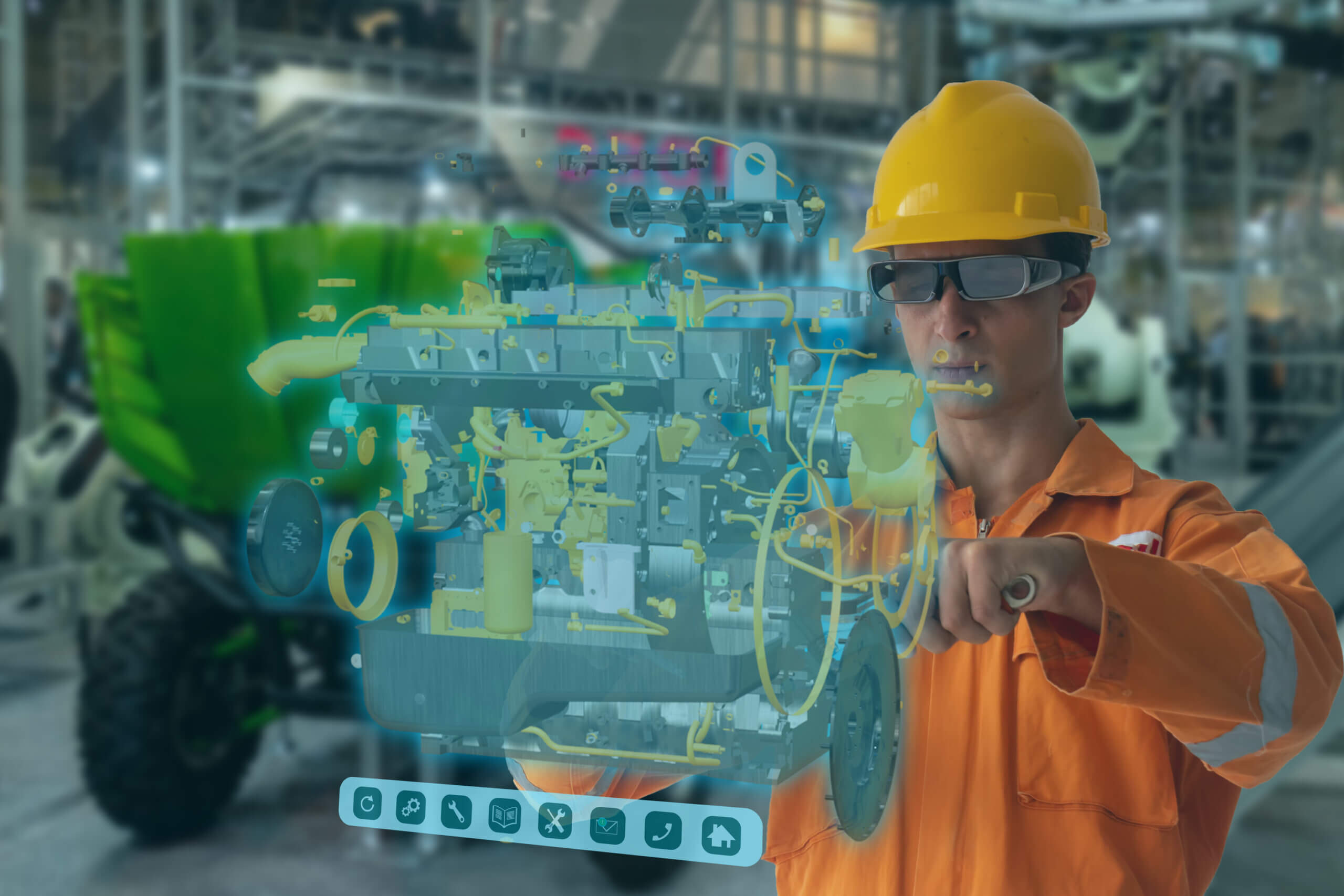
There is no doubt about it—facility occupants want to feel safe. Facility management teams must adapt to the changing needs of occupants by implementing new safety and sanitation protocols. If you’re reading this article, you have probably already updated your standard operating procedures (SOPs) to foster safer and healthier spaces.
You might be thinking: What is next? What else can we do to not only enhance building safety but remain competitive in today’s marketplace?
Now is the perfect time for facility managers to revisit their strategic infrastructure improvement plans with an eye for safety, security, and well-being. New technologies for facilities management teams are here now. In this post, we’ll highlight three improvements cutting-edge facilities are implementing to both maintain and attract key stakeholders.
3 Technologies for Facilities Management Teams
Before we get started, it’s worth addressing the proverbial elephant in the room, and that is budgetary constraints. Securing the right resources for successful facility management strategies—financial, technical, and human—is a real challenge for many FM teams.
According to a Plant Engineering study, approximately 49 percent of survey respondents cited “lack of maintenance resources and staff” as a primary facility challenge. A significant 38 percent of respondents said a lack of understanding around new maintenance technologies was also of concern.

Where Will the Money Come From?
Understandably, preparing a funding proposal is about as fun as watching paint dry! However, it’s important to remember that in most cases, the money you need is already available; it’s just a matter of proving you can develop consistent FM systems that generate ROI. The more “wins” you have under your belt, the more likely executive leadership will approve the technological changes you want.
“The first step is to develop the asset inventory,” says Jim Turner, a facility management consultant. “I think most facility managers are progressing along a facility management maturity model in a way that—at least as far as inventory is concerned—is pretty substantially complete and is embedded in the software that’s being used to manage them.”
Turner recommends aligning your data with “relevant facilities benchmarks” that come from questions like What do I need to do with this facility? How does it map to the business?
Of course, the easiest way to gain support for new facilities management technologies is via a low-cost Facility Maintenance System (FMS) with features for asset tracking, preventive maintenance scheduling, digital audit trails, and advanced analytics. Now, without further ado, here are the three technology updates worth considering:
Three New Technologies for Facility Management
1. Improve Air Quality with HVAC Technology

Unsurprisingly, there is a significant conversation amongst facility management teams right now about air quality. One common CDC recommendation for businesses in the process of reopening is to maintain good ventilation systems in the form of open windows and clean air filters.
One of the smartest ways to maintain a healthy building environment, in general, is updating HVAC technology, from chillers to rooftop units. According to The Lung Association, poor indoor air quality can significantly impact worker performance. and poor ventilation can lead to stagnant germs and dust particles circulating. Consequently, this can lead to allergy-based absences, reduced focus, and other problems.
Beyond purchasing a new HVAC unit, consider integrating your assets with an advanced building management system that allows technicians to closely monitor performance. This type of data analysis can help circumvent costly HVAC downtime while keeping building occupants safe, comfortable, and focused at work.
Additionally, occupancy sensors can be used to activate and deactivate assets as occupants come and go. Offices, common rooms, and manufacturing floors can return to eco-friendly HVAC settings when technology detects rooms are empty. These sensors can be used to conserve energy used by LED light bulbs too.
2. Use Connected Workforce Communication Apps
The term “connected workforce” has become a buzzword in recent years. But what does it really mean? Put simply, the connected workforce is about enhancing employee communication via software applications. It’s also about making organizational documents, systems, and apps accessible to remote team members.
“The power of the connected workforce lies in its potential to connect various elements of a business ecosystem, including data, computing devices, apps, enterprise solutions, and stakeholders,” says a PWC report.
Much like children play with blocks to create new structures, the connected workforce uses Social, Mobile, Analytics, and Cloud (SMAC) to share valuable insights with one another that improve organizational success. So, how can you take advantage of this movement as an FM? Download a connected workforce app specifically built with preventive maintenance, asset management, and team chat in mind.
While plenty of longstanding FMS systems are available in the marketplace—most of them were designed for desktop computers—there is only one task-management option that a). was initially developed for smartphone usage and b). includes real-time chat functionality. Of course, this solution is our freemium product: MaintainX =)

Here’s one example of how our smartphone communication technology might be used within a facility. Say a maintenance technician notices an unexpected issue when conducting a routine HVAC inspection. He might use the app to take a photo, draw a circle around the malfunctioning part, and upload the image via the digital work order’s comment thread. The FM would then receive a notification of what was happening in real time. Some of our clients have also found the chat feature useful for quickly communicating time-sensitive safety and sanitation updates with team members during this unusual time.
Beyond reducing miscommunications and enhancing accountability, team messaging platforms send the message that employee concerns are heard and feedback is valued (both important objectives right now). This is the cheapest and most value-packed new technology for facility management teams to take advantage of right now.
3. Consider AI-Weapon Detection Technologies
Facility managers are often responsible for maintaining detailed information about individuals both entering and leaving properties. Knowing who belongs within a building—and who does not—is critical for the safety of building occupants, staff, and suppliers.
A few FM trailblazers are currently taking advantage of Artificial Intelligence (AI) weapon detection technologies to help with this goal. AI technology can be integrated with video surveillance to instantly identify individuals carrying weapons, allowing security to act fast.
In the event of a lockdown, gunshot detection technology can leverage “waveform analysis,” which triggers the contacting of local authorities. Access controls can also automatically activate to prevent building occupants from accidentally evacuating toward the threat.
Such integrations can be equally useful during other types of emergencies. For example, fire, light safety, and mass communication systems can all be triggered to activate at the sound of an alarm. Enhanced lighting can provide visual assistance for evacuation, and communication systems can provide instructions via loudspeakers and automated text message alerts.

Facility Managers: Stay Competitive with These Safety Enhancements
New technologies for facilities management teams are available. Enhancing team communication with connected workforce technology, updating HVAC units, and utilizing sensor/AI technology are all great ways to make occupants safe.
If you’re on a budget, we recommend starting with the lowest-risk update on today’s list: Implementing a connected workforce communication system within your facilities.
Try MaintainX to discover why companies like Hilton, Marriott, and McDonald’s are already using it. Not only are the app’s chat and work order features completely free, but anyone can learn how to navigate it within minutes!
FAQs



.jpeg)


.jpeg)














